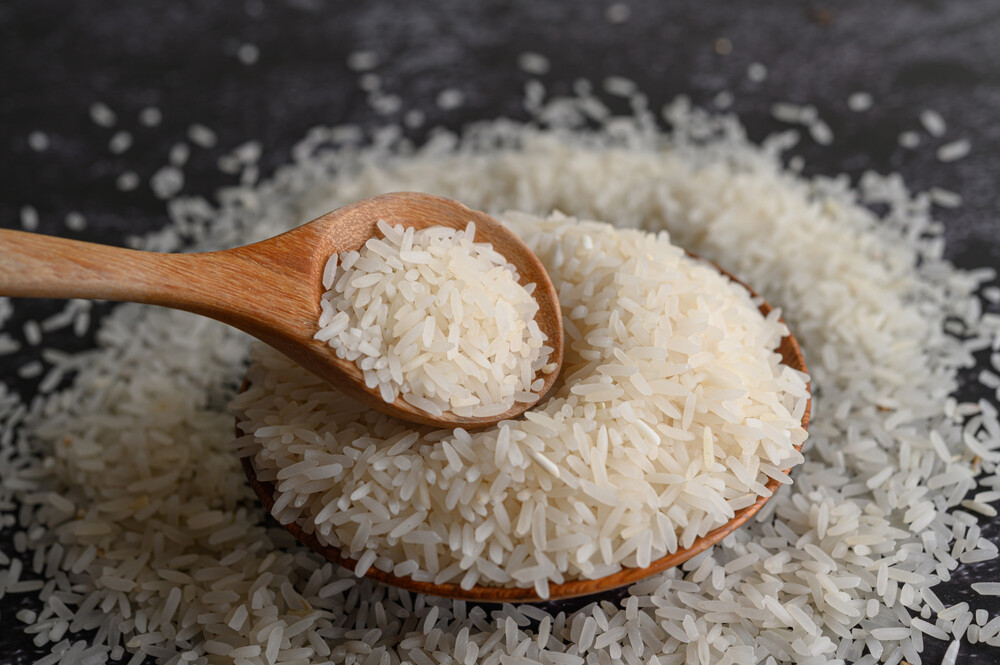How many calories are there in rice? Check and choose wisely!

Rice, a staple in Asian cuisine, is a food that frequently appears on our plates. Its versatility makes it a great substitute for potatoes and groats, and it pairs wonderfully with both sweet and savory dishes. But how many calories does rice contain, and what nutrients does it provide? Is eating rice healthy? Here’s everything you need to know about rice’s calorie content and nutritional value.
Table of contents
Basic types of rice
There are approximately 150,000 varieties of rice around the world, with the most popular and well-known being white rice. It has long, narrow grains that stay separate after cooking and don’t stick together. In addition to white rice, there are also varieties distinguished by their color, such as brown, black, red, and yellow rice.
When considering grain size, rice can be classified into the following types:
- Long-grain rice – has grains that are 4-5 times longer than their diameter. Varieties like basmati, carnaroli, and thaibonnet fall into this category.
- Short-grain rice – characterized by round grains, about 5 mm long. A well-known example of this type is originario rice.
- Medium-grain rice – has grains that are 2-3 times longer than their diameter. Jasmine rice and arborio rice are common examples of this variety.
Whole grain rice is considered the most natural and least processed. Its grains still have the bran layer, which means it contains more vitamins, minerals, and fiber.
Rice - calories
Rice is one of the most widely consumed grains worldwide. Its calorie content depends mainly on the variety and the method of preparation. A 100 g serving of cooked rice provides around 120 kcal. While white rice is easy to digest, the processing it undergoes causes it to lose some of its valuable nutrients.
Interestingly, the calorie count remains the same whether the rice is cooked or uncooked. Here are the energy values of different types of rice per 100 g:
- white rice – 120 kcal
- brown rice – 118 kcal
- wild rice – 137 kcal
- basmati rice – 115 kcal
- parboiled rice – 117 kcal
One of the least caloric options is rice cooked in milk, which can be made with traditional cow's milk or plant-based milks like soy or oat milk. A 100 g serving of rice prepared this way contains about 65 kcal.
Nutritional value of rice
Rice provides the body with more than just calories - it’s also packed with valuable nutrients. Approximately 80% of rice is made up of carbohydrates. When it comes to protein, it is relatively low, with about 2-3 g of protein per 100 g of rice.
However, rice is a good source of essential vitamins and minerals. It contains B vitamins and important elements such as magnesium, potassium, iron, and phosphorus.
Is rice healthy?
Rice can be not only delicious but also a nutritious part of your daily diet. To make the most of its benefits, it’s important to choose the right type of rice.
Nutritionists recommend brown rice as a healthier alternative to white rice. It is less processed and has a lower glycemic index, meaning it doesn’t cause sharp spikes in blood sugar. Additionally, unlike refined grains, brown rice is a rich source of fiber, vitamins, and minerals. While it requires a bit more time to cook, it’s an excellent choice for those focused on maintaining a healthy, balanced diet.
Bibliography:
https://pubmed.ncbi.nlm.nih.gov/21776212/,

